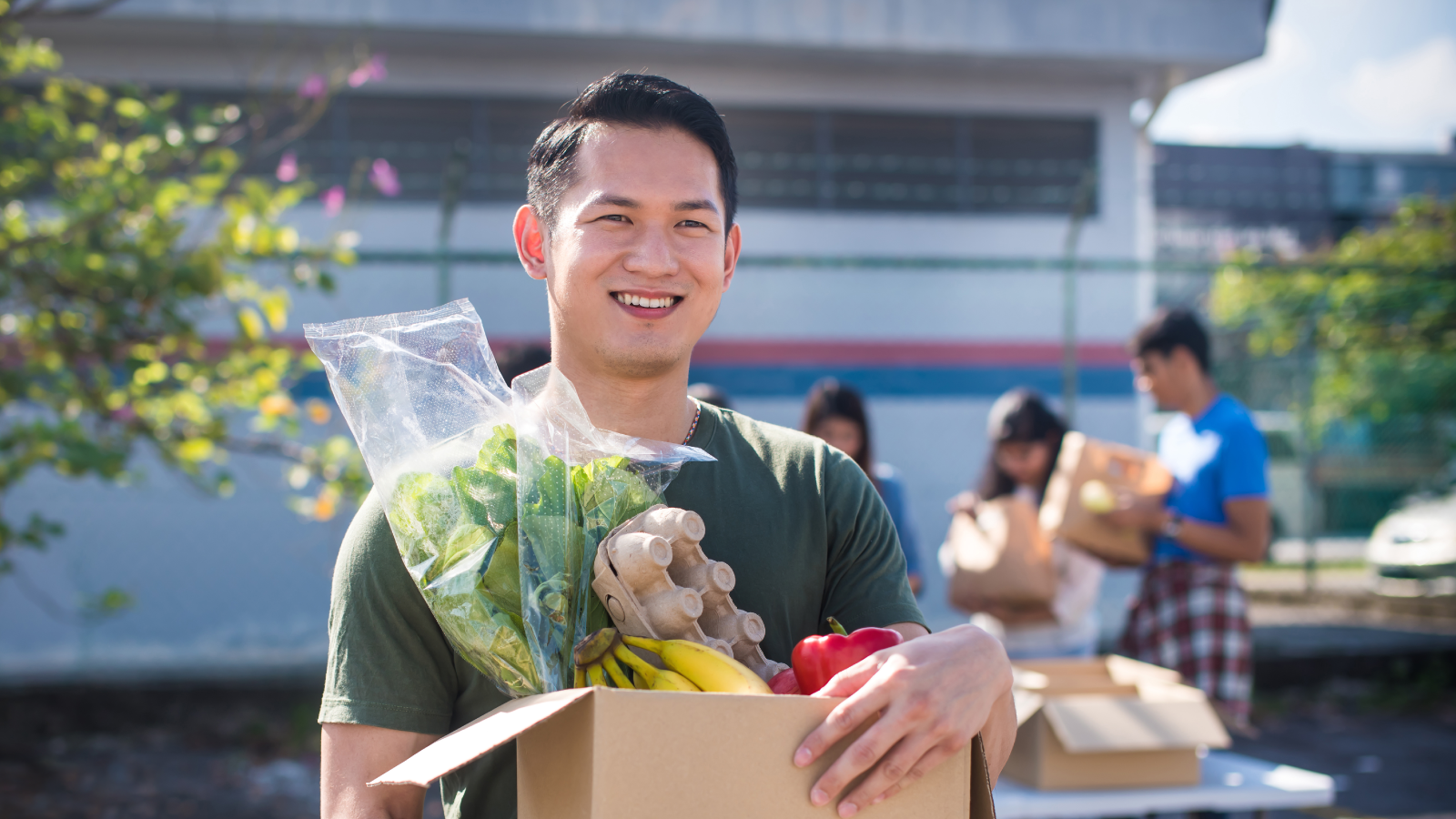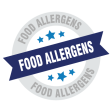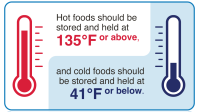Key Steps for Donating Food – For Retail Food Establishments
FDA encourages the donation of wholesome food to help reduce food loss and waste in our communities while feeding those in need.
Donated food should be handled safely and according to state or local food codes. Here are some steps retail food establishments should keep in mind when donating food:
- Make sure food packages are properly labeled. For example, foods that contain major food allergens must list the allergens on the product label.
- Foods that have not been opened should be donated in their original packaging.
- Store foods safely. Keep away from sources of contamination, such as dust or debris, spoiled or recalled foods, and from other products like cleaning supplies.
- Keep foods at their safe temperatures. Hot foods should be stored and held at 135°F or above, and cold foods should be stored and held at 41°F or below.
- Make sure anyone handling donated foods, including volunteers, is trained in clean hygiene practices (e.g., washing hands, not working if sick, wearing clean clothes, and using a protective barrier such as gloves when handling exposed food).
- Donated foods should be wholesome. For example, donate produce or foods that have not come in contact with major food allergens or do not show signs of spoilage, such as change in texture or color; or donate foods with intact packaging. If the outer container is damaged (e.g., dented outer box of cereal), the inner package should still be sealed and intact.
- When transporting foods, make sure the vehicle has the equipment needed to keep foods stored cold or hot at their safe and appropriate temperatures.
- Keep proper records. Include relevant information, such as what food was donated and when, who transported the food, and at what temperature food was stored.
- Follow any local or state food donation requirements in your area.
- For more information on how to store, prepare, package, display and label food, retail food establishments may wish to refer to the Food Code (www.fda.gov/foodcode), which is a model for best practices to ensure the safe handling of food in a retail setting.
Visit our Food Loss and Waste page for additional food loss and waste resources.





